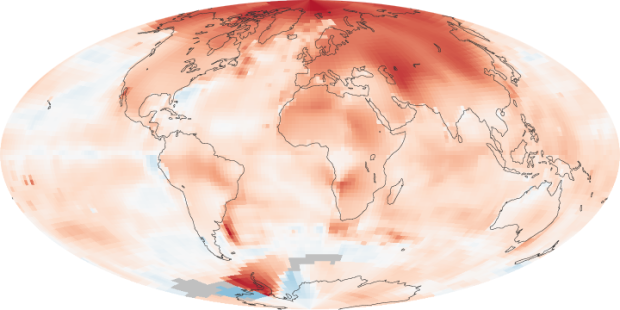 Global Temperature Anomaly Map 2000-2009, NASA
Global Temperature Anomaly Map 2000-2009, NASA
(see my previous post for background info on the Cancun Climate Summit)
The Cancun Climate Summit, 16th Conference of the Parties (COP16) wrapped up on Saturday morning. With modest expectations widely held after the last years’ highly anticipated COP15 in Copenhagen failed to come to an accord, in the end the Cancun summit has succeeded in achieving a broad-based consensus and vision, if not a road map on how to get there.
Delegates from 194 countries remained deadlocked over the week of meetings in Cancun until a compromise was dramatically reached on the closing day. The conference did not produce another legally binding framework like 1997’s Kyoto Protocol- the terms of which expire next year- but it puts into place the building blocks for such an agreement to be forged.
Key goals include:
– Industrialized countries are charged with developing low carbon development plans and strategies and assessments to meet them.
– A Green Climate Fund will be established and administered by the United Nations in order to provide financial support to the climate change mitigation goals of developing nations. A total of $30 billion in “fast start” finance from developed nations will be secured up to 2012, with a goal of $100 billion in longterm funds to 2020.
– For the first time, a U.N. document sets the imperative that global temperatures must not rise more than 2 degrees C, based on pre-industrial levels.
– A new “Cancun Adaptation Framework” will become established to help undeveloped nations with the necessary planning and technical support to implement their climate mitigation goals.
The next U.N. Climate Change Summit will take place next winter in Durban, South Africa.
More on the outcome of the COP16 Summit:
U.N. Climate Talks End, The Wall Street Journal
Progress on Climate Fund, but Questions Remain, Mother Jones
The United Nations Framework on Climate Change website
– – –

